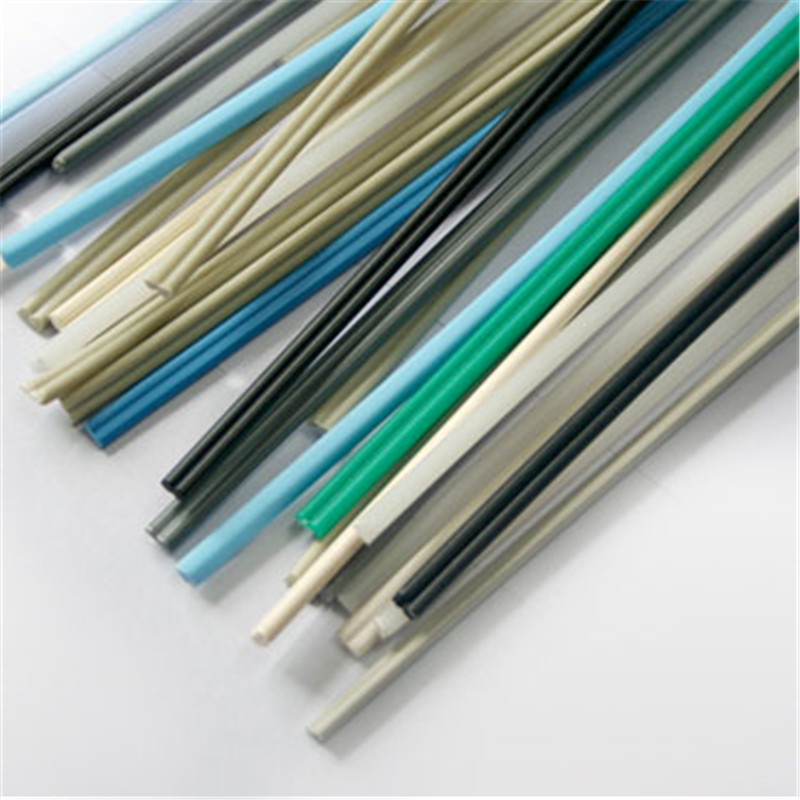Sep . 25, 2024 03:19 Back to list
Waste Pipe Accessories for Efficient Plumbing Solutions and Installation Techniques
Waste Pipe Fittings Essential Components for Efficient Drainage Systems
Waste pipe fittings are crucial elements in plumbing systems, serving as the connectors that facilitate the proper disposal of wastewater from residential and commercial buildings. Understanding the variety and function of these fittings is essential for anyone involved in plumbing, renovation, or home maintenance.
At the heart of a waste pipe system are various types of fittings designed to ensure smooth flow and effective waste removal. The primary fittings include elbows, tees, couplings, and traps, each serving a specific role in the overall drainage process.
Elbows are bent fittings that allow pipes to change direction, typically at angles of 45 or 90 degrees. These fittings help maintain the integrity of the drainage system by preventing abrupt changes in flow direction that could lead to clogs and backups.
Tees, on the other hand, are used to connect three sections of pipe, facilitating branch connections in the waste line. They can branch off to appliances such as sinks, toilets, and washing machines, ensuring that all wastewater is directed to the main drain line.
Couplings are straight fittings that connect two sections of pipe, creating a seamless system for wastewater movement. They are commonly used for repairs or extensions when existing pipes need to be linked without changing the direction of the flow.
waste pipe fittings

Traps are a vital component of any waste pipe system, designed to hold a small amount of water, which creates a barrier against foul gases from the sewage system. Traps are installed under sinks and other appliances to ensure that unpleasant odors do not enter living spaces. These fittings not only help maintain sanitation but also ensure compliance with plumbing codes.
When selecting waste pipe fittings, it’s essential to consider the materials used in their construction. Common materials include PVC (polyvinyl chloride), ABS (acrylonitrile butadiene styrene), and metal options like copper and cast iron. PVC and ABS are lightweight and resistant to corrosion, making them popular choices for modern plumbing installations. Metal fittings, while more durable, can be prone to rust and are typically used in specific applications.
Proper installation of waste pipe fittings is critical for an efficient drainage system. Incorrect installations can lead to leaks, blockages, and costly repairs. Homeowners and professionals alike should ensure that all fittings are securely tightened and that joints are properly sealed, often using plumber’s tape or solvent cement.
Regular maintenance and inspection of waste pipe fittings can help prevent significant issues down the line. Keeping an eye out for signs of wear, unusual odors, or slow drainage can prompt timely interventions, ensuring that the system remains in good working order.
In conclusion, waste pipe fittings play a fundamental role in the efficacy of drainage systems, impacting both functionality and hygiene in our homes and businesses. By understanding their various types and uses, individuals can appreciate their importance and ensure proper installation and maintenance for optimal performance. Whether you're a homeowner, a DIY enthusiast, or a plumbing professional, knowledge of waste pipe fittings is essential for effective waste management and a clean environment.
-
High-Quality PPR Pipes and Fittings Durable ERA PPR & PVC PPR Solutions
NewsJul.08,2025
-
Black HDPE Cutting Board - Durable, Non-Porous & Food Safe HDPE Plastic Cutting Board
NewsJul.08,2025
-
High-Quality CPVC Panel Durable HDPE & PVC Panels Supplier
NewsJul.08,2025
-
Double PE Welding Rod Supplier - High Strength, Durable & Versatile Welding Solutions
NewsJul.07,2025
-
High-Quality PVC-O Pipe Supplier Durable 75mm PVC Pipe & Connections Leading PVC Pipe Company
NewsJul.07,2025
-
HDPE Drainage Pipe Supplier – Durable & Corrosion-Resistant Solutions
NewsJul.06,2025

